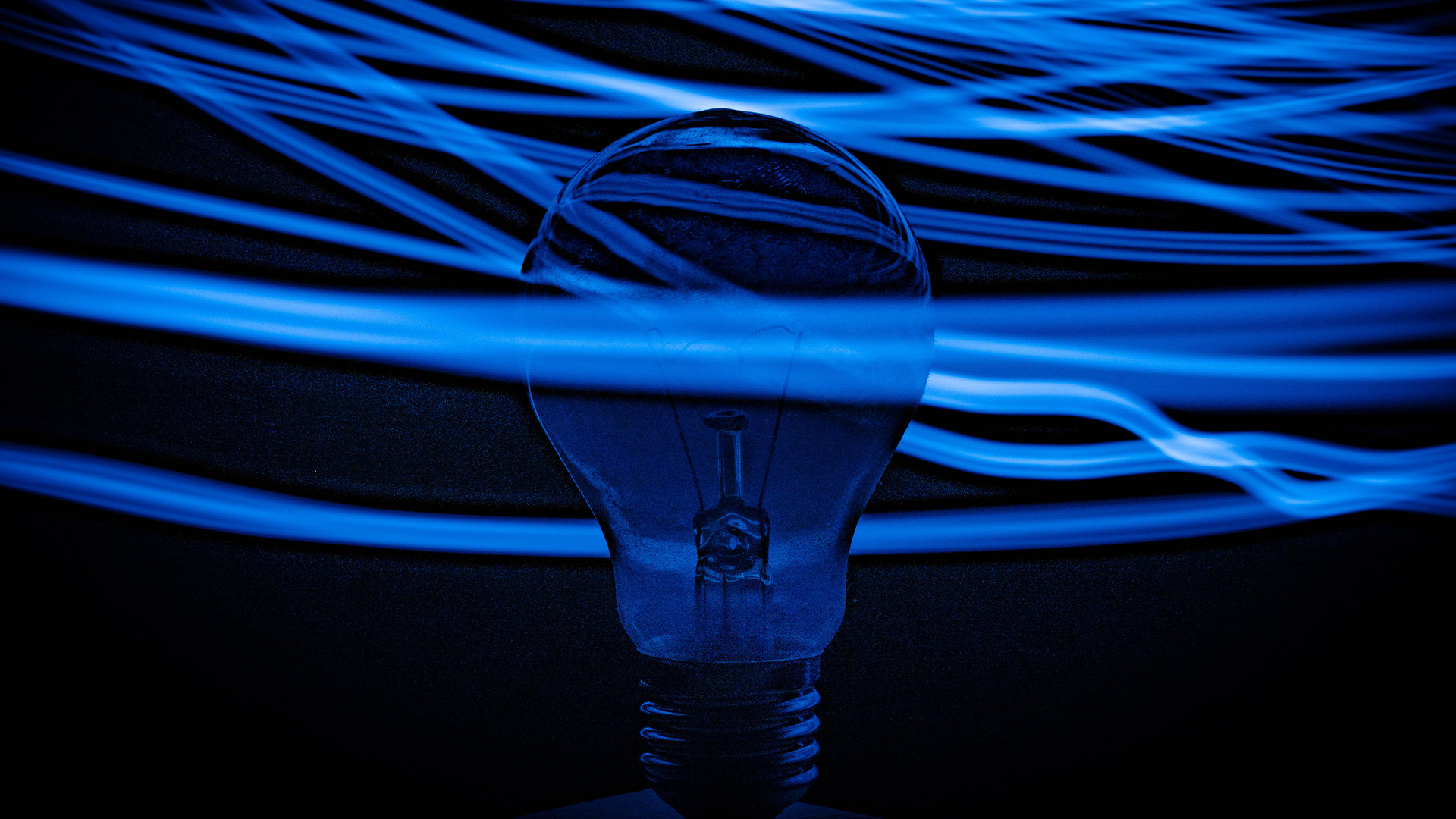Published by
Many of us spend our days working on a computer or laptop or with other tech tools. We head home and prepare the evening meal, often with smart appliances, then scan our social media on a tablet while watching the latest trendy series on our smart TV. And of course, many people find it unthinkable to go anywhere without their smartphones in a purse or pocket.
We’re immersed in technology these days, and we’ve grown to value the convenience, reassurance and entertainment that come with our tools and toys. So it’s always exciting to hear the latest expert takes on the consumer-facing tech we can look forward to in the months to come. Below, 13 members of Forbes Technology Council discuss a few new and upcoming technologies that may soon have more consumer applications, as well as trendy tech products they’re especially excited about.
1. Virtual And Augmented Realities
Virtual reality and augmented reality will be finding their way into more enterprise applications soon. Imagine a doctor who’s able to visualize and help patients through an AR experience. Picture shopping your favorite clothing brand using VR! My biggest AR accomplishment has been ninja-chopping boxes flying at my head to a catchy Sia tune, but I know we can do so much more! – Jennifer Minella, Carolina Advanced Digital
2. 3D Printing
I’m excited to see where 3D printing will go in the next few years! This powerful tech has so many practical uses. These printers are used in healthcare, residential/commercial buildings, manufacturing and much more. I believe we will all benefit from 3D printing in the not-so-distant future. – Thomas Griffin, OptinMonster
3. Apple AirTag
As a regular traveler, I am a huge fan of the Apple AirTag tracker. You’ve likely seen in the headlines recently that airlines are struggling with lost and delayed bags. I put an AirTag in my luggage and can immediately identify its location—anywhere, anytime. – Saryu Nayyar, Gurucul
4. Advanced Health Wearables
I’m excited about advanced health wearables. Even though we have seen huge progress in the last few years, I believe that there’s a lot still to come—glucose monitoring for smartwatches, for example. Of course, the software side also has to evolve, with better artificial intelligence to analyze the data and provide the best recommendations to users so they can prevent issues and improve their health. – Mohammed Cherifi, Renault-Nissan-Mitsubishi
5. EKG And Insulin Monitors
Personally, EKG and insulin monitors that send out alerts have been a game changer. With my parents living thousands of miles away, I rely on these devices, along with their emergency alerts. The ability to monitor the vitals of your loved ones wherever they are is great, but the ability to react to those alerts immediately and get them the care that they need—priceless. – Satya Jayadev, Skyworks Solutions, Inc.
6. AR Glasses
Augmented reality glasses (especially if Apple is working on a pair) will take AR out of the marketing and entertainment realms and into something applicable for everyday use. AR has the potential to be bigger than VR; the main limitation right now is the hardware. Phones are clunky to use, requiring the user to aim at what they want to interact with. AR glasses will solve this problem. – Nik Froehlich, Saritasa
7. Programming ‘Toys’
I’m excited about the “toys” that take the idea of programming out of the computer and into a more tangible, physical space. Concepts such as Dynamicland exhibit the potential of computing—it makes the entire room a computer that you can manipulate, which is much more likely to grab the attention of young kids. It also makes it much more natural to work with others, which is essential in actual advanced programming. – Abhinav Sharma, Insight Browser
8. Amazon Astro
The closest thing I’ve seen to a functional R2-D2 is the Amazon Astro. It still has a long way to go until it can replicate our favorite astromech, but it will be able to patrol your home, respond to basic requests, control other devices and even use a telescoping camera to see onto countertops. As a platform, it has the potential to be a much better assistant than one tied to a specific spot. – Luke Wallace, Bottle Rocket
9. AI-Generated Art
The future of art and entertainment is about to be radically transformed thanks to artificial intelligence. Today, organizations such as Midjourney, an independent research lab that explores art through the use of AI, are already delivering incredibly beautiful AI-generated art that competes with the beauty of the work by today’s most talented artists. – Marc Fischer, Dogtown Media LLC
10. Matter
I’m looking forward to Matter, an automation connectivity standard that can connect all smart home and security devices together. Consumers won’t have to control each of their devices in its separate manufacturer’s app; instead, they will have one unified system with the capability of connecting device to device. This will finally make smart home systems more popular among the general public. – Igor Khalatian, Iris Dating
11. Security Drones
I see limitless possibilities in a security drone, a smart drone that inspects your house and then docks for recharging. Put a sensor on it to detect humidity changes and temperature changes, and you’ll rest assured knowing your home is safe. Add some intelligence and graphical interfaces to see your trends and feel at ease. We value security everywhere to help us be productive. – WaiJe Coler, InfoTracer
12. 5G
5G will be standard for all smartphones and other gadgets, not just the expensive and flagship models. This means 8K streaming, cloud gaming and VR will become available with improved clarity and bandwidth. All the calculations will be done remotely and delivered to consumer devices as a video feed, making devices smaller and lighter. – Chintan Shah, Brainvire InfoTech Inc.
13. Monetization Of Our Own Personal Data
I hope to see more companies like Invisibly that allow consumers to monetize their personal data. Big corporations make billions off customers’ data either by using it to improve their services or selling it to advertisers. It should be individual consumers who decide whether they’re willing to share it at all, what data they can sell and how much they charge for it. – Konstantin Klyagin, Redwerk




